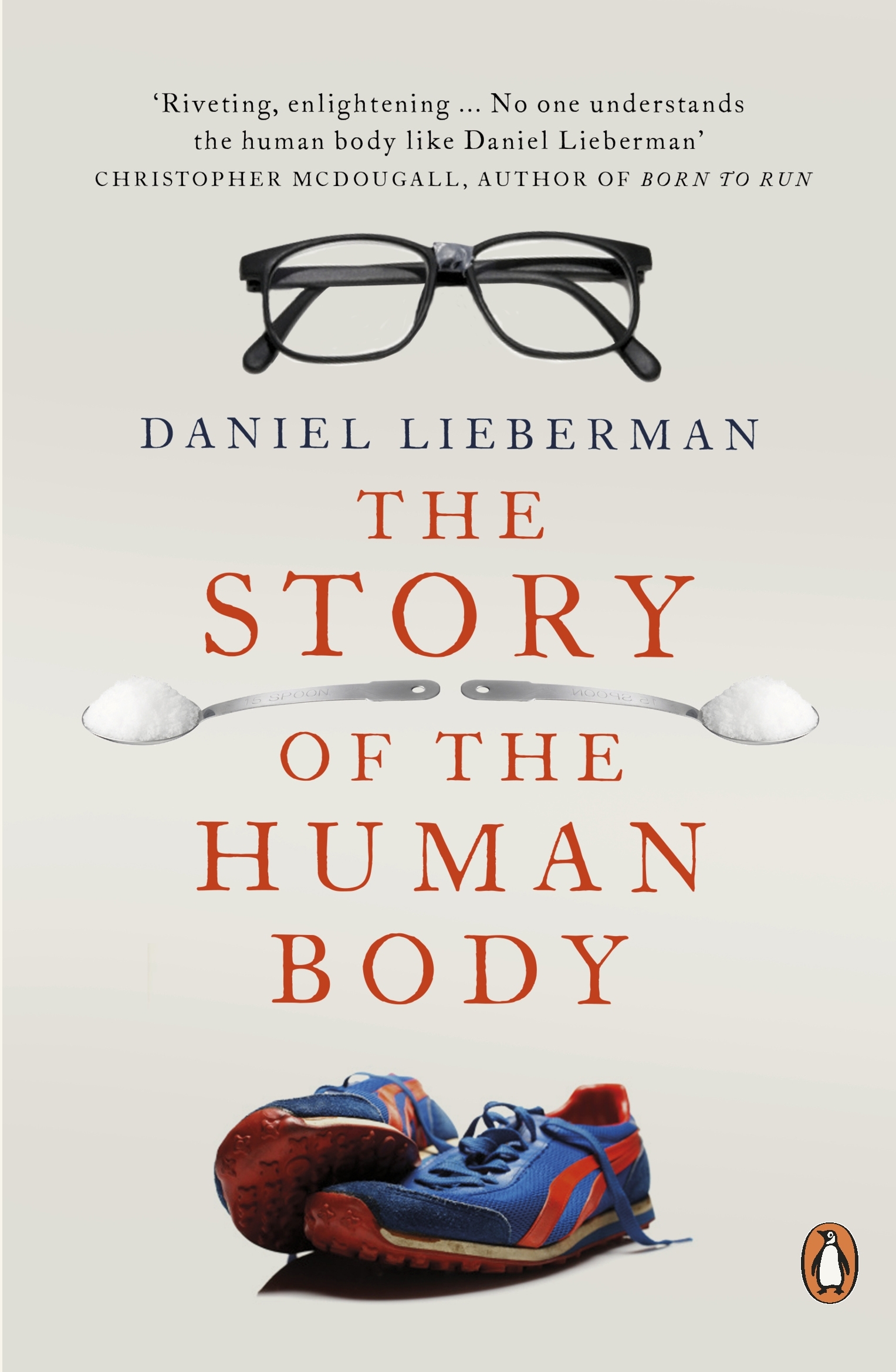

lysozyme, found on parts of your body without skin, including your tears and mucus membranes. He demonstrates the g r eat importance of the physical body and human sexuality, and battles the heresies which, valuing only the spiritual, would proclaim the body unimportant, evil, or both. Your primary defense against pathogenic germs are physical barriers like your. to explain what the body means as a sign of the person and the person’s call to be a gift, and how it reveals the nature of God and His plan for mankind.

Lieberman also elucidates how cultural evolution differs from biological evolution, and how our bodies were further transformed during the Agricultural and Industrial Revolutions. In general, your body fights disease by keeping things out of your body that are foreign. Teachers should adapt the lessons to ensure they are pitched correctly for their pupils. Please Note: The activities included in this pack are suggestions only. The Story of the Human Bodybrilliantly illuminates as never before the major transformations that contributed key adaptations to the body: the rise of bipedalism the shift to a non-fruit-based diet the advent of hunting and gathering, leading to our superlative endurance athleticism the development of a very large brain and the incipience of cultural proficiencies. Contents Include: What our bodies can do. Lieberman gives us a lucid and engaging account of how the human body evolved over millions of years, even as it shows how the increasing disparity between the jumble of adaptations in our Stone Age bodies and advancements in the modern world is occasioning this paradox: greater longevity but increased chronic disease. In this landmark book of popular science, Daniel E.


 0 kommentar(er)
0 kommentar(er)
